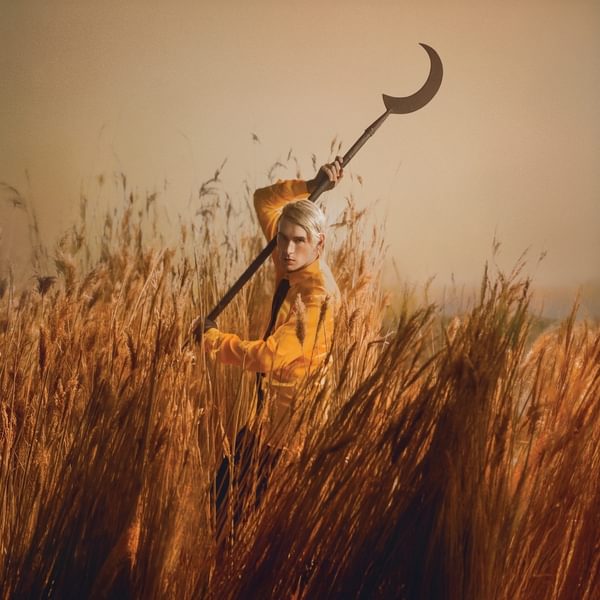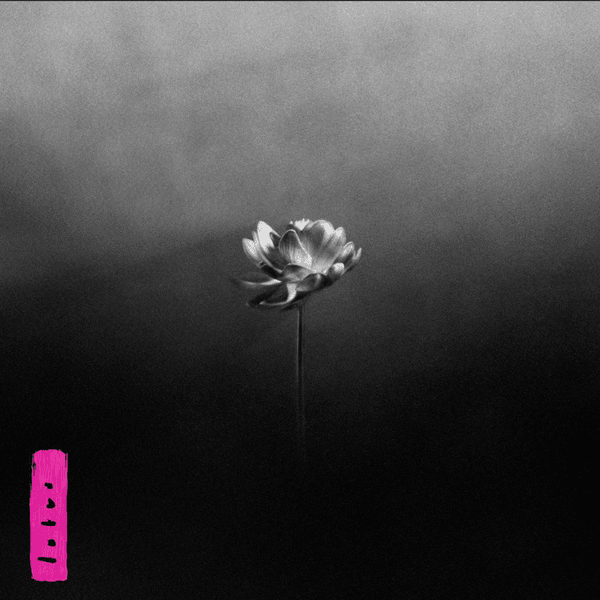"Influence (Hits, Singles, Moments, Treasures)"

The year is 1982 and Malcolm McLaren, flushed with the success of ‘Buffalo Gals’, is putting together a project mixing uneasy bedfellows hip-hop and Appalachian square dancing. To achieve this, he enlists Trevor Horn as producer, who in turn puts together his own team – engineer Gary Langan, musician Anne Dudley and one-man rhythm department J.J. Jeczalik. During these disparate sessions, with the songs pieced together from a random patchwork of half-baked snippets, ideas were formed. One was for a record label, where Horn could seize not only control but maybe a little of the profits. That turned out to be Zang Tuum Tumb, a label like no other steered by former NME staff writer Paul Morley, responsible for creating the identity and mystery. The first release came out of the next big idea – that the five of them should release their own unique music, as The Art of Noise.
However, the true catalyst for the music came not from the sessions for Duck Rock, but for something a little less hip. Horn and his team spent nine months working on Yes’s “90125”, and during a break in recording a bored Jeczalik and Langan fiddled around with a Fairlight CMI Series II sampler, feeding in unused drum tracks for an aborted song performed by Alan White, using the entire drum break rather than snippets. In Simon Reynold’s wonderful book “Rip It Up and Start Again”, he beautifully states how they “had unwittingly invented hip hop’s wheel – the sampled and looped break-beat”. By today’s standards, this sounds like nothing special – the Fairlight reproduced sound at low resolutions and was only capable of 1.2 second sound bursts. This renders the music fat and mushy, or as Reynold’s so elegantly puts it it “sounds somewhat like hip-hop as if it had been invented in Europe in 1916”. This helped Morley plan his aesthetic, a flashback to the early 20th century, a time of Futurism and Surrealism.
This new collection is the first time for some years music from the entire career of The Art of Noise has ever been together in one place – both the early output from ZTT and the later releases on China Records. A double CD, it features on one disc singles, classic album tracks and various movie and TV themes, some for the first time on CD. The second side attempts to tell the story of the band, with 20 previously unreleased tracks from all eras from 1983 to the present day. The artwork and packaging is gorgeous, as are the sleeve notes, detailing the laborious efforts made to bring this collection to life. For some tracks, the original masters no longer exist, meaning a digital transfer and delousing of the vinyl. One song, the 1980’s theme tune to The Krypton Factor, was transferred from a mono MP3 donated by ITV.
Fundamental to the concept of The Art of Noise was anonymity – no photos of the band, no interviews, the personnel absent in the videos, and when performing live their faces shielded by masks. Not everyone was a fan – Factory Records once took out a half page ad in the NME stating only that their band “Durutti Column piss on The Art of Noise”. There was also a fair amount of repetition, particularly in their early work, with that ubiquitous drum break on nearly every track. That aside their early releases, though often a challenge, were tremendous assaults on the ears. The whole feel of the band is well summed up by director Zbigniew Rbczynksi’s video for “Close (to the edit)”, as a prepubescent punkette chainsaw’s a piano with the assistance of three middle-aged suited troublemakers.
Debut album “(Who’s Afraid of) The Art of Noise” and collection “Daft” made little money for ZTT (Frankie Goes To Hollywood took care of that side of things), but gave them an arty, provocative edge. The first quarter of the first CD covers the ZTT years, and it is here that The Art of Noise were at their most powerful. On the second CD is ‘Beep Beep’, an early reworking of ‘Who’s Afraid’, a feast of clattering, pounding beats, overlaid with a tumbling piano line, the Great Grandfather to songs like ‘Tij’ and ‘Tonto’ by Battles. There is certainly a resemblance between these two bands, ‘Beat Box (Diversion 3.4)’ a hypnotic blend of drums and metallic bass.
However, it is unlikeable that Battles are planning in the next couple of years to work with Tom Jones or a televised annoying robot. In 1985, The Art of Noise fractured in two, a furious row seeing Dudley, Langan and Jeczalik depart to China Records. It was here they released album “In Visible Silence”, which featured their first post split single ‘Legs’, which was not wholly dissimilar to Beat Box in style. Various gimmicky singles followed, such as ‘Peter Gunn’ and ‘Paranoimia’, an excellent tune spoiled by the presence of Max Headroom.
Next came 1987’s “In No Sense Nonsense”, a baffling album which, single ‘Dragnet’ aside, was more an experiment in sound collages and, in song ‘How Rapid’, annoying repetition. This for me is a landmark album, as it is the only time as a teenager my normally open minded father burst into my bedroom and forcibly (with much anger) turned off my stereo to make it go away. Both albums are now deleted and therefore unavailable, and it is good to see song ‘Ode To Don Jose’ present here, followed by the jittery ‘Acton Art’. The last album for China Records was ‘Below The Waste’, a curious set that included a reworking of various theme tunes and the dreamlike ‘Finale’, included on this release.
Final album “The Seduction of Claude Debussy” was released in 1999, and saw them back with Horn and Morley blending the music of Debussy with drum and bass, opera, hip hop, jazz and narration. The two songs from that project (and one outtake) show the flawless production and intense inventiveness, and made you wish they had never parted. At least then we would have been spared Tom Jones and ‘Kiss’, with its tiresome instrumental break showcasing how wonderful The Art of Noise had been up until that point.
This is an excellent collection, though one would wish it had been weighted more heavily towards the ZTT era rather than the China Records years. Most of their really interesting work was earlier in their career. For an enthusiast, this is an essential collection, seeing so much material for the first time on CD, particularly when so much is unavailable. Those like me though who were enthralled by their earlier releases would be better served by digging deep and buying boxset “What Have You Done With My Body God”, with its myriad of mixes and versions of their ZTT tracks. To anyone new to The Art of Noise though, I would recommend starting with ZTT collection “Daft”. If you like what you hear, then you will love this compilation.
Get the Best Fit take on the week in music direct to your inbox every Friday

Patrick Wolf
Crying The Neck







